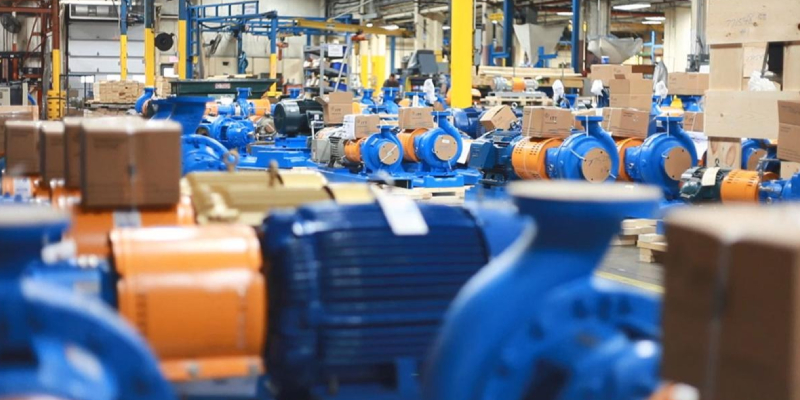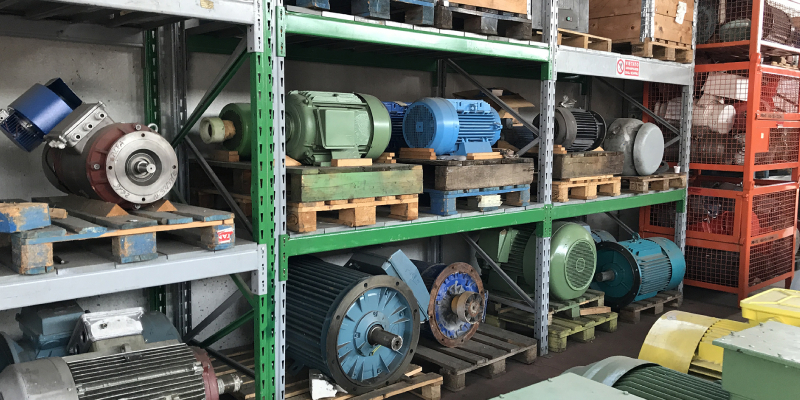Identifying the Right Personnel for a Pump Manufacturing Business

Different pumps and their GST rates applicable
December 29, 2019
Expert Tips To Pick The Right Warehouse Racking System
February 7, 2022Identifying the Right Personnel for a Pump Manufacturing Business

Pumps and Systems (Pumps & Systems) The State of the Industry report 2019 examines how individuals reduce the skill gap. Many businesses anticipate that their engineering departments will grow significantly over the next five to ten years. Highly successful businesses are 96% more likely than others to employ qualified engineers. According to the experts in HRApp, an employee time tracking software firm, the top performers are better at finding and keeping qualified candidates. Companies offer employee internships, apprenticeships and other programs to attract workers. This is a sign of their commitment to their employees.
Many businesses offer more than one internship opportunity per year to college students interested in learning about their chosen careers while they are still in school. Some businesses offer employees flexible working hours through remote employee monitoring or pay increases to complete larger warehouse/distribution operations. The Turbo Lab at Texas A&M University aims to educate students in turbo machinery manufacturing. Doctoral and graduate students can choose from a range of electives that combine reliability and performance research with specific topics. It also works with businesses to help them connect with students.
A skills shortage is threatening the pumps industry
It is becoming more difficult to recruit workers today than ever before, especially in skilled labor areas like manufacturing. With a large portion of the workforce nearing retirement, the manufacturing sector faces a severe shortage of skilled workers. According to Recruitment China, technology is driving the constant change in the industrial sector. The next year will see changes in employment requirements due to tariffs the United States imposes on China and other countries.
Analytics is used to improve recruitment and staffing in the manufacturing sector. Technology can improve productivity, employee engagement, job placement ratios, and overall productivity.

What is the cause of the collapse in global pump markets?
There are many challenges in the global pump business. The first is determining its size. Estimates are just that, estimates. The dependability of these estimates varies from one region to the next. There is also a variation in the types of pumps included in regional estimates depending on where you are located. No matter the size of the sector or its composition, there are some problems that all industries face. These include ongoing competition from globalization, the need for continuous innovation, and the need for technically skilled workers.
Globalization has both its advantages and disadvantages. It increases access to international markets for domestic suppliers, but it also opens up home markets to foreign-based rivals. The internet makes it easier than ever to find products anywhere in the world. The United States has seen a rise in pump manufacturers over the last decade. This has been possible by implementing continuous improvement and lean manufacturing programs. Non-metal component innovations and additive manufacturing also support this effort. Global competition has led to greater customer service and lower prices for consumers.
The use of specialist CAE/CAM software has made pump design more efficient. Concepts NREC’s FINE/AgileTM suite covers all phases of design from preliminary sizing through final design. It also includes fluid dynamics, mechanical stress and vibration analysis capabilities. These software tools allow you to make trade-offs between cost, efficiency, and manufacturability. This capability is crucial if domestic pump manufacturers meet the new efficiency requirements of the United States Energy Department (USED) and the European Union. Although this might seem like a costly undertaking, pump companies have no choice but to invest early to reap the market benefits.
Local pump producers have to deal with another problem: a shortage of skilled personnel in both the production and design sectors. The I.T. sector had experienced a significant departure in skilled expertise due to a period of downsizing, slow pay growth, and a period when there was little opportunity for advancement. This trend will need to reverse over time. In the meantime, the sector is facing a shortage of qualified personnel to fill many technical positions. Many suppliers of top quality are trying to bridge the gap by hiring outside experts.
Overall it may be said….
The decline in oil and gas prices has detrimental effects on businesses that depend heavily on pumps. The future outlook may look grim when you consider the challenges of global competition, tighter efficiency requirements and a lack of technical expertise. Despite this, pumps remain a multi-billion dollar business that continues to grow. These same issues continue to concern all manufacturers in all industries and from every country. Pump companies that can innovate, adapt to changing consumer demands quickly, and regularly develop will thrive in the future. Know more.

